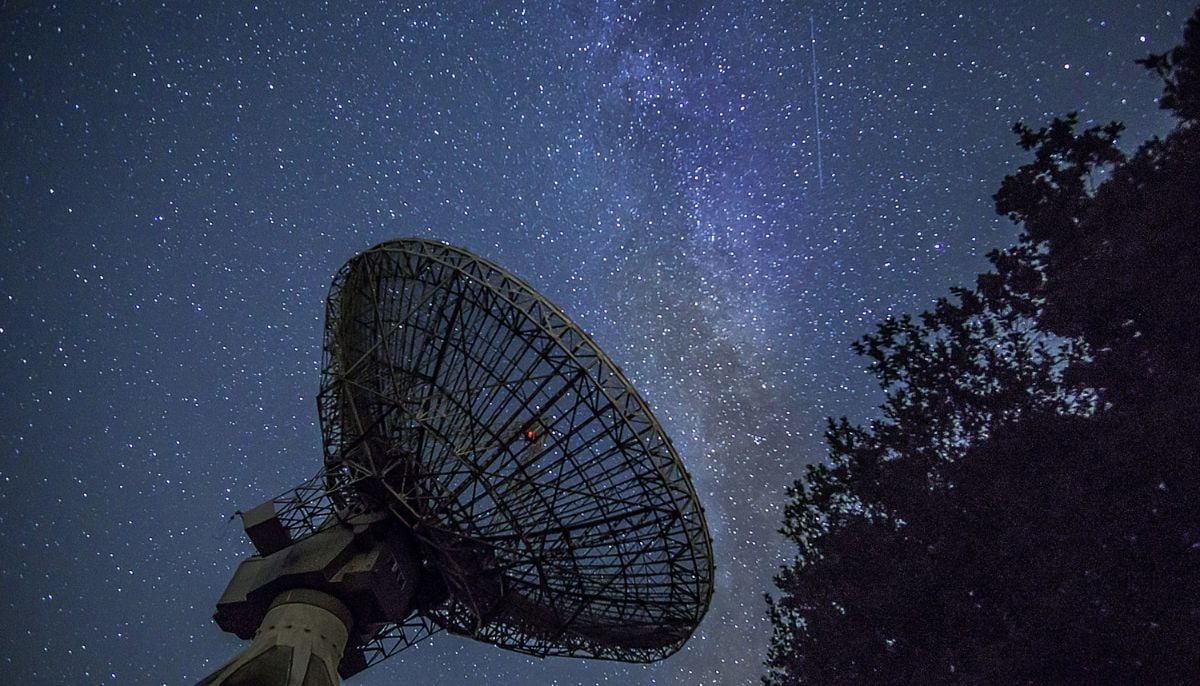Could Milky Way's core harbour advanced alien life?
New algorithm finds 1.5 million telescope samples indicating advanced extraterrestrial life forms
A new effort to detect extraterrestrial life will listen for radio pulses coming from the galactic nucleus. Pulsars, which are stars that naturally emit narrow-frequency pulses, are also intentionally used by humans in technology like radar.
These pulses are a useful means of communication over great distances and a desirable target to listen for when looking for extraterrestrial civilisations because they stand out against the ambient radio noise of space.
A recent study that was released on May 30 in The Astronomical Journal by researchers described their approach to looking for alien life.
Akshay Suresh, a graduate student at Cornell University, and his colleagues developed software to find these repetitive frequency patterns and tested it on well-known pulsars to make sure it could detect the narrow frequencies.
These frequency ranges are incredibly small, only a tenth as wide as those used by an average FM radio station. The method was then applied by the researchers to data from the West Virginia-based Green Bank Telescope.
"Until now, radio SETI has primarily dedicated its efforts to the search for continuous signals," study coauthor Vishal Gajjar of the SETI Institute, a nonprofit organisation dedicated to the search for intelligent life in the universe, said in a statement.
"Our study sheds light on the remarkable energy efficiency of a train of pulses as a means of interstellar communication across vast distances. Notably, this study marks the first-ever comprehensive endeavour to conduct in-depth searches for these signals," he added.
Due to its abundance of stars and potentially hospitable exoplanets, scientists are keeping a close eye on the Milky Way's centre, according to Live Science.
Furthermore, due to their advantageous location at the galaxy's centre, intelligent aliens at the Milky Way's core would be able to communicate with the rest of the galaxy by sending signals that would travel across a variety of planets.
According to study co-author and project scientist Steve Croft of the Breakthrough Listen programme, using narrow bandwidths and repeated patterns would be a prime way for aliens to reveal themselves because they are so unlikely to happen naturally.
Researchers have developed a new algorithm to search through 1.5 million telescope data samples in 30 minutes, capturing vast amounts of data. The algorithm's speed may improve future searches, potentially offering evidence of advanced extraterrestrial life forms.
-
Bamboo: World’s next sustainable ‘superfood’ hiding in plain sight
-
NASA Artemis II rocket heads to the launch pad for a historic crewed mission to the Moon
-
Blood Moon: When and where to watch in 2026
-
Elon Musk’s Starlink rival Eutelsat partners with MaiaSpace for satellite launches
-
Blue Moon 2026: Everything you need to know
-
Scientists unravel mystery of James Webb’s ‘little red dots’ in deep space
-
ISS crew of four completes medical evacuation with safe splashdown off California
-
Annular solar eclipse 2026: Here's everything to know about the ‘ring of fire’












